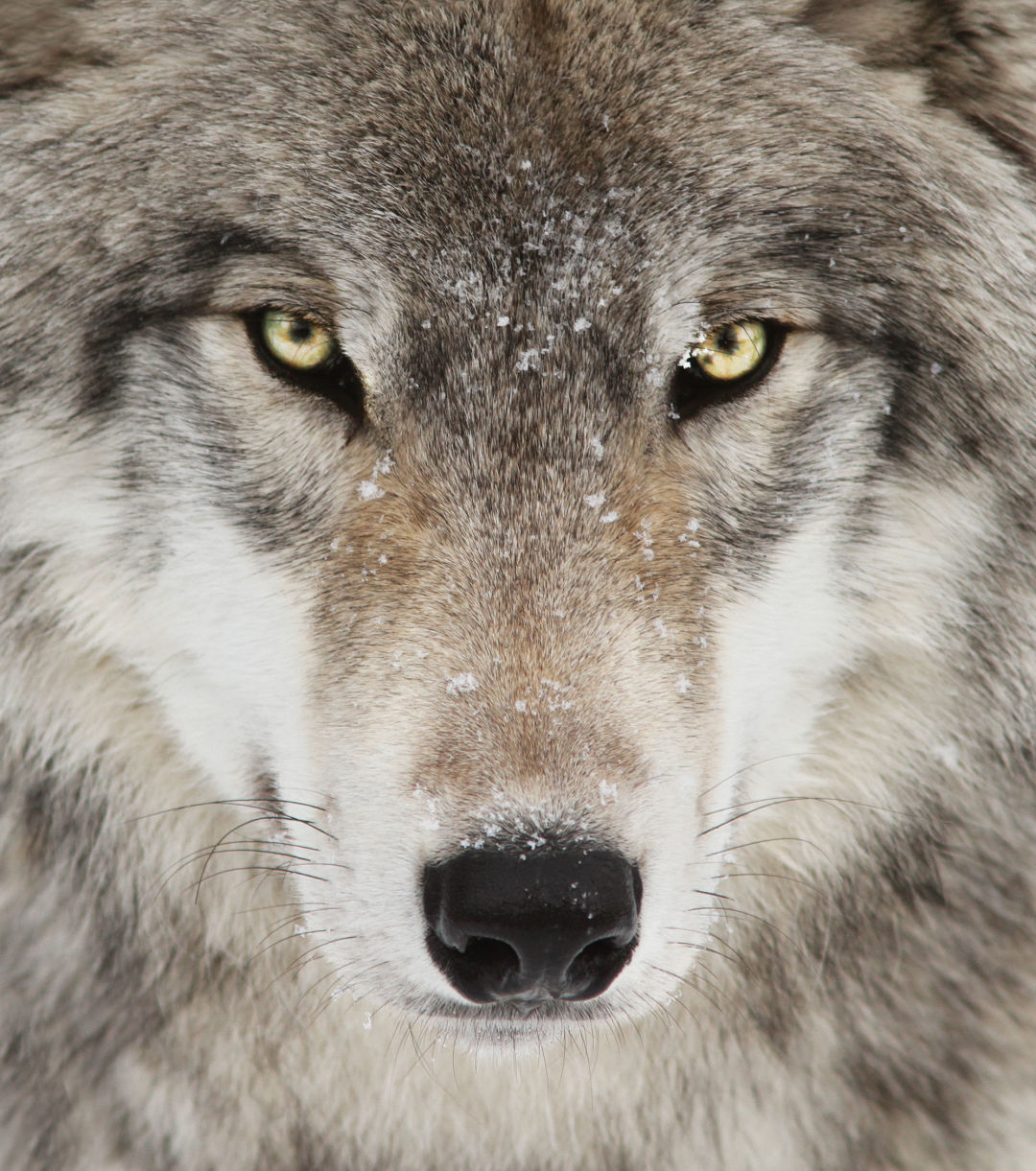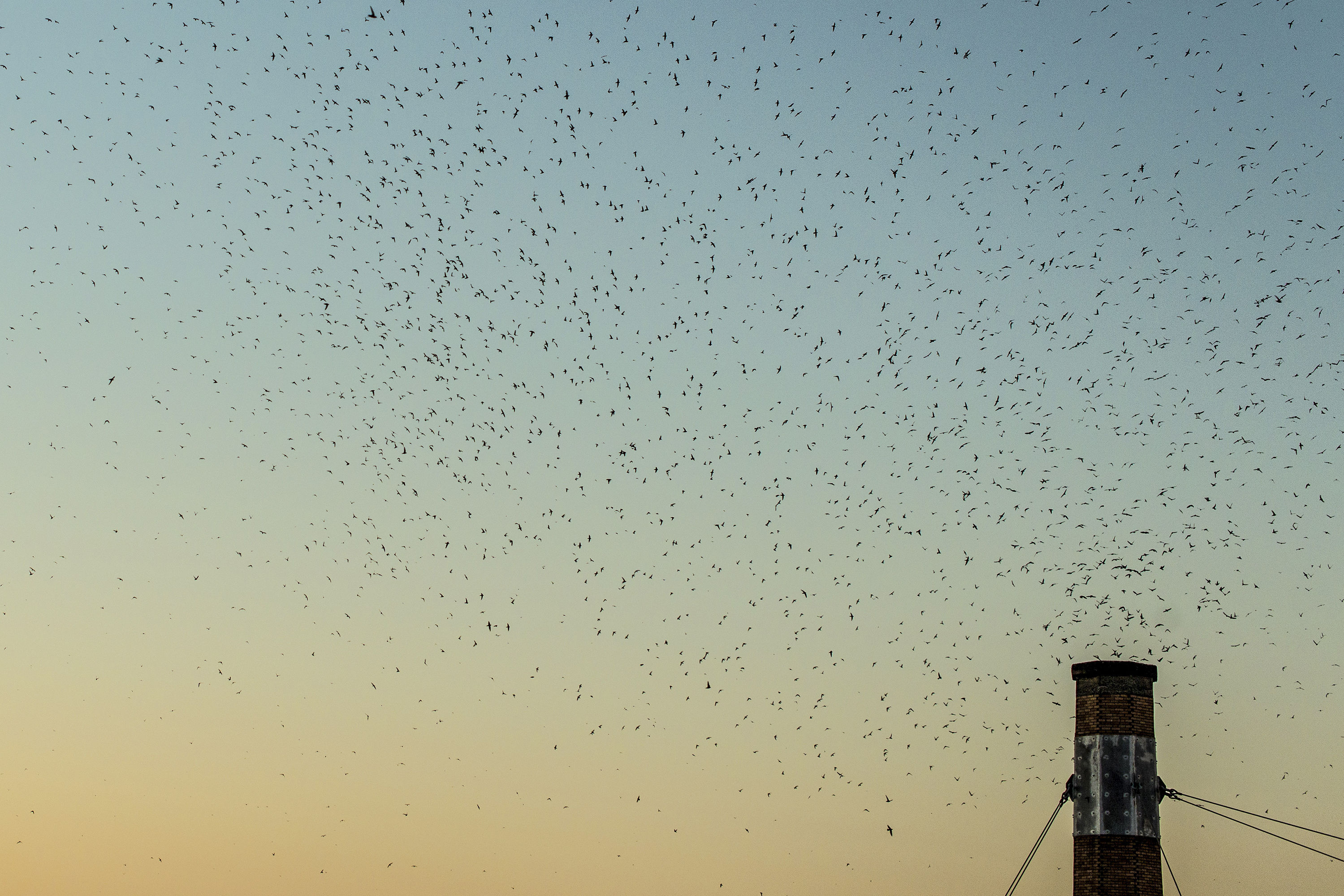In 1999, a Wolf Named Freedom Came to Oregon. We’re Still Fighting Over Her.

She crossed the Snake River in winter 1999, wandered past Halfway, Oregon, and made west for the John Day’s headwaters, deep in the Strawberry Range.
The 2-year-old gray wolf, called B-45 by US Fish & Wildlife, had been radio collared in her native Idaho. For seven weeks, we tracked her: the first confirmed wolf in Oregon in 50 years.
At one time, gray wolves were common here and across North America. But for colonizers raising cattle and sheep, they were the enemy. By the late 1940s, they’d been hunted to near extinction. Since 1967, gray wolves have been federally protected, including under the 1973 Endangered Species Act.
All of which made B-45’s arrival a huge deal. The daughter of Canadian wolves released into Idaho in a new federal recovery program, she pitted Oregon conservationists against cattlefolk and forced lawmakers into action. To some, she was an inspiration, dubbed Freedom in a naming contest among schoolkids. To others, she was just dangerous.
The media reported her every movement. “She appears to be doing normal wolf stuff,” Ed Bangs, US Fish & Wildlife’s North Rockies wolf specialist, told the Oregonian on February 18. She hunted elk, padded through snowbanks, and stayed out of sight.
But Oregon just wasn’t ready. In March, Freedom was darted, netted, packed into a deer crate, and sent home—traumatized, her handlers noted, but alive. The next wave wasn’t so lucky: 16 months later, a second wolf crossed the Snake and was killed by a car. A third was shot. Eventually a few wolves arrived and survived, subject to the state’s new management plan, released in 2005 after years of fraught debate.
Today, an estimated 137 wolves roam Oregon, mostly east of the Cascades, where ranchers have some latitude to kill “problem wolves.” The state has been workshopping a new wolf management plan for nine years, but opponents are still too bitterly split: ranchers want more autonomy, environmentalists want killing off the table entirely. As of press time, a vote was finally set for June.
Complicating the issue is the possibility that America’s wolves, now numbering more than 6,000, could soon be delisted as endangered—making their protection (or not) up to states.
The reason why wolves divide us, Bangs said, is that they’re truly wild, one of the few remaining creatures that challenge human control. Wolves are smart, and they mean more work for ranchers: riders at dusk and dawn, pastures strung with fox lights and alarms.
Since wolves reestablished here, they haven’t actually killed that many livestock. From 2009 to 2018, wolves picked off 71 Oregon cattle and 89 sheep (along with the odd llama and alpaca). Thanks to abundant deer and elk—a consequence, in part, of wolves’ absence—they have other things to eat.
“The bottom line is, wolf management [has] nothing to do with reality,” Bangs told the High Country News in 2011. “It’s about how we use symbols to discuss our values. The wolf debate is a great way to debate what wildness means for the quality of our life.”




